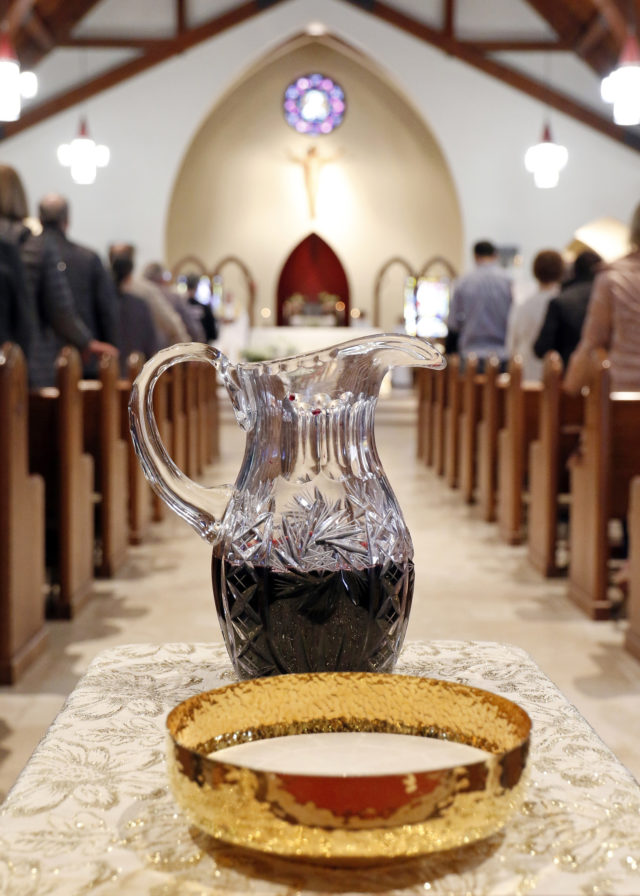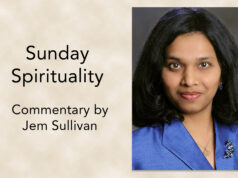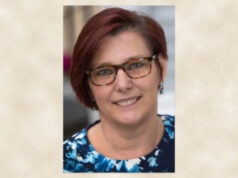
Catholics believe that Jesus is really present within the church in its status as the people of God — as stated in the Second Vatican Council’s Dogmatic Constitution on the Church (“Lumen Gentium”) — but more particularly within the church’s celebration of the Eucharist.
The foundations for this belief are found clearly in all four Gospel accounts and in the letters of St. Paul.
In 1 Cor 10:16-17, St. Paul writes, “The cup of blessing that we bless, is it not a participation in the blood of Christ? The bread that we break, is it not a participation in the body of Christ? Because the loaf of bread is one, we, though many, are one body, for we all partake of the one loaf.”
Here Paul makes clear that partaking in the eucharistic meal is also an act of sharing in the body and blood of Christ.
St. Paul explains this teaching further in 1 Corinthians 11:23-27, when he tells the story of Jesus at the Last Supper, taking bread and wine and offering them as his body and blood. This same story is offered in the three synoptic Gospels (Matthew, Mark and Luke) using almost identical language.
The Gospel of St. John also offers an account of the Eucharist as the body and blood of Christ, although it does not take place during the Last Supper. (In John, during the Last Supper, Jesus washes the disciples’ feet and tells them to do the same for others.) John’s teaching on the real presence occurs much earlier in his account, following the feeding of the multitudes with a few loaves and fish.
In John 6:27, Jesus urges people to seek “the food that endures for eternal life, which the son of man will give you.” In Verses 32-33, Jesus explains that this bread comes from his Father in “heaven and gives life to the world.” When the crowd begs for this bread, Jesus responds, “I am the bread of life; whoever comes to me will never hunger, and whoever believes in me will never thirst” (Jn 6:35).
And in John 6:48-51, Jesus says, “I am the bread of life. … I am the living bread that came down from heaven; whoever eats this bread will live forever; and the bread that I will give is my flesh for the life of the world.”
Then later in John 6:53-56, he says that “whoever eats my flesh and drinks my blood has eternal life … for my flesh is true food, and my blood is true drink. Whoever eats my flesh and drinks my blood remains in me and I in him.”
This teaching on the body of Christ (Corpus Christi in Latin) is as ancient as the church itself and is found in such early Christian sources as the writings of St. Justin, martyr, and St. Ignatius of Antioch. It is the belief of the church.
—
Mulhall is a catechist. He lives in Laurel, Maryland.









